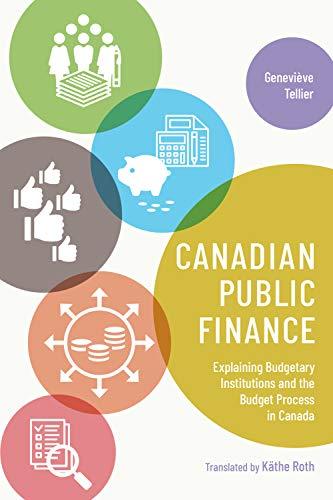Please indicate correct answer only no explanation
1. Which one of the following statements is the core principle of M&M Proposition I without taxes? A. A firm's cost of equity is directly related to the firm's debt-equity ratio. B. A firm's WACC is directly related to the firm's debt-equity ratio. C. The interest tax shield increases the value of a firm. D. The capital structure of a firm is totally irrelevant because the value of the firm stays the same. E. Levered firms have greater value than unlevered firms. 2. M & M Proposition I with tax supports the theory that: A. a firm's weighted average cost of capital increases as the firm's debt-equity ratio increases. B. the value of a firm is inversely related to the amount of leverage used by the firm. C. the value of a levered firm is equal to the value of an unlevered firm plus the value of the interest tax shield. D. a firm's cost of capital is the same regardless of the mix of debt and equity used by the firm. E. a firm's cost of equity increases as the debt-equity ratio of the firm decreases. 3. Based on M & M Proposition II with taxes, the weighted average cost of capital: A. is equal to the after-tax cost of debt. B. is equal to the cost of equity capital. C. is unaffected by the tax rate. D. decreases as the debt-equity ratio increases. E. is equal to Ru x (1 - Tc). 4. The trade-off theory of capital structure advocates that the optimal capital structure for a firm: A. is dependent on a constant debt-equity ratio over time. B. remains fixed over time. C. is independent of the firm's tax rate. D. is independent of the firm's weighted average cost of capital E. equates the tax savings from an additional dollar of debt to the increased bankruptcy costs related to that additional dollar of debt. 5The unlevered cost ofcapital refers to the cost of capital for: A. A privately owned entity. B. An all-equity firm. C. A governmental entity D. A private individual E. A corporate shareholder. 6. The value of a firm is maximized when the: A. Cost of equity is maximized. B. Tax rate is zero. C. Levered cost of capital is maximized. D. Weighted average cost of capital is minimized. E. Debt-equity ratio is minimized. 7. Which form of financing do firms prefer to use first according to the pecking-order theory? A. regular debt B. convertible debt C. common stock D. preferred stock E. internal funds 8. Which one of the following is a direct bankruptcy cost? A. Loss of customer goodwill resulting from a bankruptcy filing B. Legal and accounting fees related to a bankruptcy proceeding C. Management time spent on a bankruptcy proceeding D. Any financial distress cost E. Costs a firm spends trying to avoid bankruptey 9. Which of the following tend to keep dividends low? I. shareholders desiring current income II. investors with high dividend tax rates but low capital gains tax rates III. the desire to maintain constant dividends over time IV. flotation costs A. I and II only B. III and IV only C. II, III, and IV only D. I, II, and III only E. I, II, III, and IV 10. The information content of a dividend increase generally signals that: A. the firm has a one-time surplus of cash. B. the firm has few, if any, net present value projects to pursue. C. management believes earnings growth will be strong going forward. D. the firm has more cash than it needs due to a decline in future orders. E. dividends thereafter will be lower. 11. The ex-dividend date is defined asbusiness day(s) before the date of record. A. 1 B. 2 C. 3 D. 4 E.5








